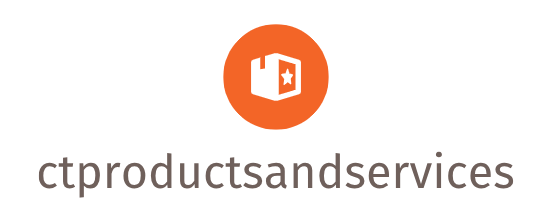
Understanding the Fundamentals of Trend Forecasting
Predicting the future isn’t about gazing into a crystal ball; it’s about understanding the present and anticipating its trajectory. Trend forecasting involves analyzing current events, societal shifts, technological advancements, and consumer behavior to identify emerging patterns and project their future impact. It’s a blend of art and science, combining intuition with rigorous data analysis. Effective forecasting requires a multi-faceted approach, drawing on diverse sources of information and employing various analytical methods.
Identifying Key Indicators of Future Trends
Pinpointing future trends starts with recognizing key indicators in the present. These indicators can range from subtle shifts in consumer preferences (e.g., a rising interest in sustainable products) to major technological breakthroughs (e.g., advancements in artificial intelligence). Analyzing social media trends, reviewing market research data, studying demographic shifts, and monitoring economic indicators are all crucial steps in this process. Pay attention to emerging technologies, changes in government regulations, and even pop culture phenomena – all can offer clues about the future.
Leveraging Data Analysis for Accurate Predictions
While intuition plays a role, trend forecasting heavily relies on data. Analyzing quantitative and qualitative data is key. Quantitative data, such as sales figures, website traffic, and market share, provides objective measurements of current trends. Qualitative data, such as consumer reviews, social media sentiment, and focus group discussions, reveals the underlying reasons behind these trends. Combining both types of data provides a more complete picture, enabling more accurate predictions. Advanced analytical tools and statistical modeling can further refine the insights gleaned from this data.
The Importance of Considering External Factors
Future trends are rarely isolated events. External factors significantly influence their development. Geopolitical events, economic fluctuations, environmental changes, and unexpected crises can all disrupt or accelerate the progression of a trend. A comprehensive forecast must consider these external factors and assess their potential impact. Scenario planning – developing multiple possible future scenarios based on different combinations of external factors – is a valuable technique in this context.
Utilizing Different Forecasting Methods
Several forecasting methods can be employed, each with its strengths and weaknesses. Quantitative methods, such as time series analysis and regression modeling, are useful for predicting trends with historical data. Qualitative methods, such as expert panels and Delphi studies, leverage the insights of industry experts to predict future trends. Choosing the appropriate method depends on the specific context, the available data, and the desired level of detail in the forecast.
The Role of Human Intuition and Creative Thinking
Despite the reliance on data and analytical tools, human intuition and creative thinking remain essential components of trend forecasting. Data analysis can reveal patterns, but it’s the human element that interprets those patterns, identifies underlying narratives, and connects seemingly disparate pieces of information. Creative thinking allows forecasters to explore unconventional possibilities and envision future scenarios that might not be immediately apparent from the data alone.
Continuous Monitoring and Adaptation
Trend forecasting is not a one-time activity; it’s an ongoing process. Once a forecast is developed, it’s crucial to continuously monitor its accuracy and adapt as new information emerges. Regularly reviewing the data, tracking emerging trends, and incorporating feedback from stakeholders are essential steps in refining the forecast and ensuring its relevance over time. The ability to adapt to unforeseen events and adjust predictions accordingly is vital for staying ahead of the curve.
Communicating Forecasts Effectively
The value of a trend forecast is diminished if it cannot be effectively communicated. Presenting forecasts in a clear, concise, and compelling manner is vital for informing decision-making. Visualizations, such as charts and graphs, can greatly enhance the communication of complex data. Tailoring the message to the specific audience is also critical, ensuring that the information is easily understood and actionable. Click here to learn about trend forecasting.








.jpg)